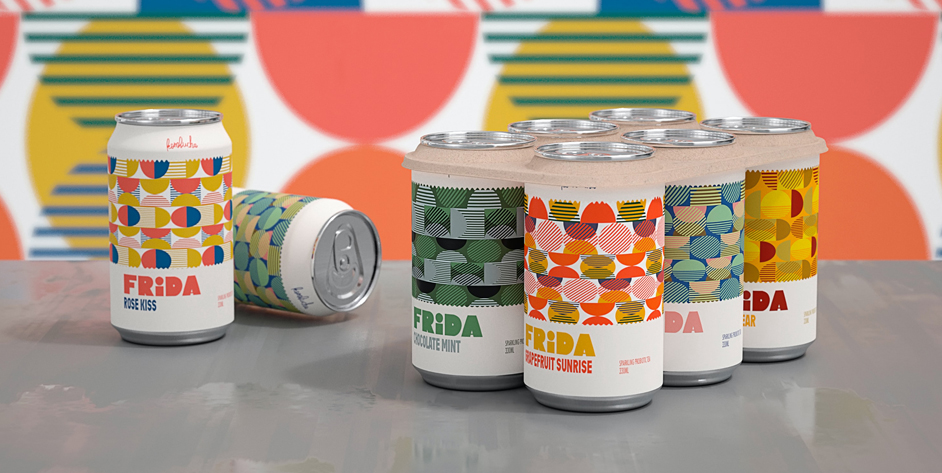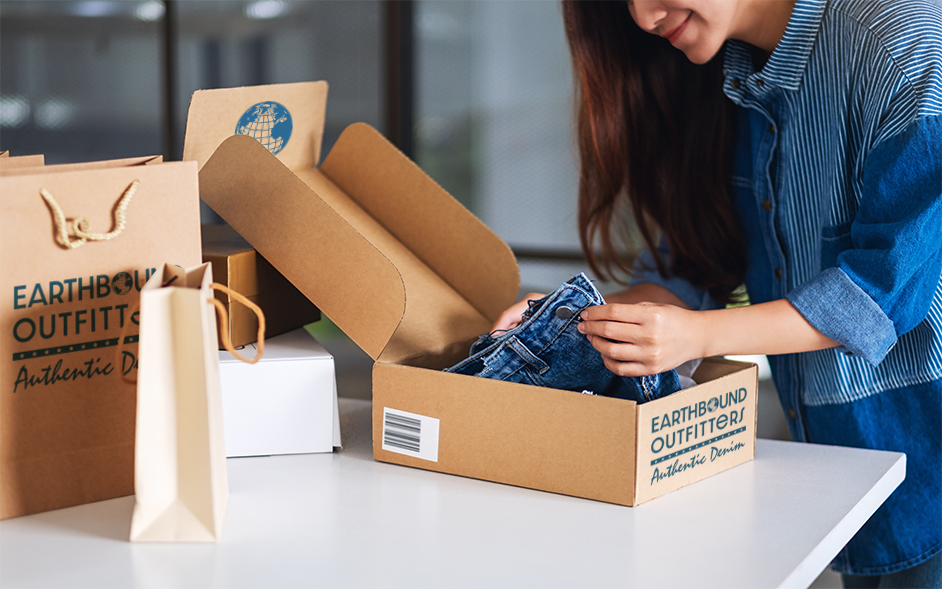The Three Levels of Packaging
Posted by Julie Rotuno on 14th Jun 2022
To consumers, the term “package” means just one thing. It’s what they have to remove in order to gain access to the product they bought. Few people, except for those who sell goods to the public or to other businesses, ever give a thought to the various categories of packaging, namely primary, secondary, and tertiary.
Take the average grocery shopper, for example. They often see both primary and secondary packaging as they stroll through the aisles. Obviously, they are well aware of the “primary” packages, like cereal boxes, cans, and milk cartons.
Occasionally, they notice large boxes nearby, usually made of cardboard, that are being unpacked by store personnel. That’s generally the only time retail-level buyers get a glimpse of secondary packaging.
What Sellers Need To Know
For merchants large and small, wholesale and retail, in-store and online (or e-commerce), it’s essential to know what the three levels of packaging are. Only then is it possible to make informed choices about keeping costs down, creating impactful marketing experiences, choosing the right kind of product design, opting for efficient manufacturing processes, and more.
In fact, packaging is one of the key components that sellers use to differentiate their products from those of their competitors. It’s a fact of business that packaging plays a huge role in the success of a brand, and the long-term viability of the company that includes the brand as part of its offerings.
So, what are the priorities for sellers these days, in terms of learning about the levels of packaging? The first step is to have a complete working knowledge of what each level is, based primarily on examples of each one.

The Three Levels Defined
The best way to visualize the three different categories of packaging is to use a common example. Because nearly everyone shops for groceries, it’s helpful to remember your most recent experience of pushing a cart through the local food store. All you need to do is mentally place yourself in the store as you get ready to read from your item list you’ve made for the week.
Using this exercise of imagination, we can jump off directly to the definitions of each of the three levels.
- Primary: As you examine a favorite frozen dinner in the cold case, maybe you take time to read the nutrition information to see how much sodium or protein the individual dinner contains. What you’re holding in your hand is the primary package, which in turn contains the meal you might end up eating tomorrow night (if you decide to buy the item).
Primary packages protect the enclosed products. Also, you, the consumer, come in direct contact with this level of packaging, which is sometimes called “buyer-level” or “consumer-level” packaging. It’s the easiest of the three levels to understand.
- Secondary: You put down the frozen dinner, opting not to buy it because you suddenly remember you already have 10 of them in your freezer at home. Scratching that line-item off your list, you move toward the dairy case, where you search for your favorite sliced cheese, baby Swiss.
As you comb through the few 11-slice packages remaining, you notice a store employee unloading a giant cardboard box of your preferred brand. The box appears to contain at least 100 individual packs of 11-slice, baby Swiss cheese. You ask if you can take one directly from the big box as there are none on the shelf. That cardboard box is a secondary package.
You’re not really meant to see or encounter it, but because the store staff was show on their stocking duties, you caught them in the process of unloading the secondary packages right there in the aisle. The typical function of this level is to assist in stacking the product in the back storage room until it’s ready to go out onto the shelves in the store. Each secondary package contains a fixed amount of product, like 120 packs of 11-slice cheese, for example.
- Tertiary: After checking out and paying for your week’s groceries, you drive away and pass by the rear of the store, where a long truck is parked in the loading dock. As you stop to let cross-traffic pass, you see the truck driver wheeling a large pallet of your brand of cheese into the store. That pallet might contain 10 of the large cardboard boxes you saw the store clerk unpacking earlier.
Suppose your 11-pack of baby Swiss cheese slices weighs nine ounces. If each cardboard box holds 120 individual cheese packs, and the pallet holds 10 cardboard boxes, that means the truck driver is wheeling a hefty load of cheese into the loading area. Doing the math, that pallet weighs 675 pounds. That’s a lot of cheese!
Remember, each pack is 9 ounces (or .56 pounds), so each cardboard box weighs 67.5 pounds, and each pallet weighs 10 times that, which is 675 pounds. The role the pallet, the tertiary package in this example, is to keep the product safe and stable during shipment and storage before shipment, usually at the factory or processing-plant level.
Three Smart Ways to Reduce Packaging Costs
One of the most obvious techniques for slicing a bit of packaging-related expense is to reduce the sheer amount of packaging you use on a product. But, the good news is that there are other ways to minimize the financial impact of packaging costs besides just opting for less bulk.
Many sellers experiment with different kinds of materials and multiple package designs to cut down on what they spend. For instance, replacing glass bottles with hard plastic ones can instantly lower overall costs. Likewise, opting to offer more units per pack can be a workable strategy because lots of consumers prefer to purchase two, three, or more units of a product at the same time.
Here’s a short overview of the key ways any company can reduce its packaging expenses without losing out on the power of their marketing message or the protection of products during shipment or display:
- Less Packaging: Less packaging substance, in terms of smaller boxes, for example, is the most direct way to cut costs. It’s not always a wise way, especially if the smaller package is inappropriate for your product’s size and fragility.
- More Units Per Package: If you decide to include 200 crackers in a box instead of 100, you’ll usually save on packaging costs because of the efficiency aspect of putting more units into a space that’s only slightly larger.
- Using Less Costly Materials: As noted above, a switch to less costly materials is a fast way to cut packaging costs. Using a lower grade of paper, for example, is a common way for sellers to chop a bit off their packaging expenses.

How To Make Packaging Work For Your Products
Are you at a sticking point in your packaging plans? Many e-commerce and in-store sellers face a challenge when they decide to finally get down to business and optimize their packaging strategy. At Mid-Atlantic Packaging, our experienced team members work with large and small sellers every day, helping to come up with approaches that make sense and fit any company budget.
That’s because we know how the packaging process operates, from beginning to end. Plus, we carry the largest, most comprehensive line of supplies for whatever level of packaging you need help with. Call us today for a few job quote or just to ask us a question. There’s no obligation, and our reps are always happy to receive your inquiries. The direct, toll-free line is (800) 284-1332.
If you’d like to know more about what we do, check out our website and browse through the packaging products ranging from apparel boxes to tissue paper, that can make a difference for your bottom line. You’d be surprised to learn that some of our clients have ramped up the power of their brand message while simultaneously reducing their packaging expense. It’s important to remember that in the world of product packaging, more is not always better.
The trick is finding the right kind of packaging material, design, and long-term plan. Once you get a handle on that concept, you’ll be able to optimize your company’s use of all the levels of packaging. Of course, the Mid-Atlantic experts will be glad to work with you on coming up with a winning strategy. Give us a call today and begin your journey to cost-effective packaging solutions.



